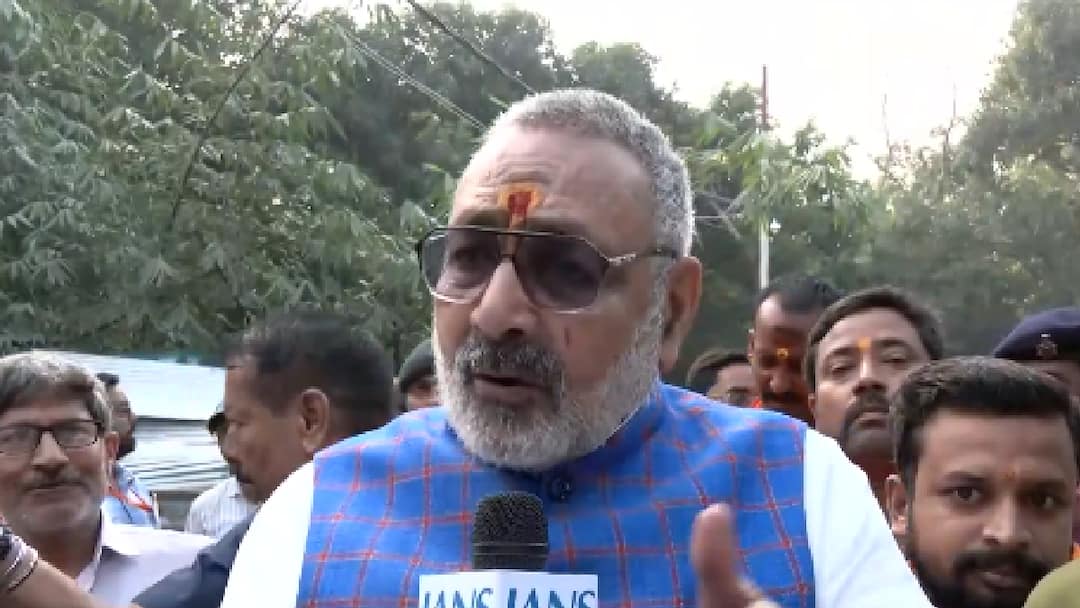The air in Gurgaon (now Gurugram) plunged to hazardous levels on Thursday morning, with the Air Quality Index (AQI) touching 700 at 8:30 AM, according to AQI.in.
Thick smog blanketed the city, reducing visibility and sending residents online to express alarm over worsening air pollution.
Residents Demand Action As AQI Hits Extreme Levels
Social media platforms were inundated with screenshots showing AQI readings as high as 899 around 7:00 AM on November 6. Many users called on authorities to declare a health emergency and shut schools and offices.
“Gurugram AQI is more than 800 today. It’s hazardous for my kid to go out to attend school. As a parent, I request to close down schools,” wrote one X user.
AQI.in compared Gurugram’s pollution levels to smoking more than 9.8 cigarettes a day for residents — slightly higher than the 9.2-cigarette equivalent exposure for those in Delhi.
Delhi’s Air Quality Also ‘Hazardous’
In the national capital, the air quality remained in the ‘hazardous’ category on Thursday, November 6. At 9:00 AM, Delhi recorded an AQI of 705, according to AQI.in.
Over a dozen monitoring stations reported hazardous readings, with Burari, Anand Vihar, Aerocity and Bawana among the most polluted areas.
Data from the Decision Support System (DSS) showed that vehicular emissions accounted for 16.8 per cent of Delhi’s pollution, while other unidentified sources made up 44 per cent of PM2.5 concentrations.
Satellite imagery from Wednesday detected 94 stubble-burning incidents in Punjab, 13 in Haryana, and 74 in Uttar Pradesh.
The Air Quality Early Warning System for Delhi predicted that wind speeds would drop below 10 kmph from the northwest by Wednesday evening, further reducing the dispersion of pollutants. Air quality is expected to remain in the “very poor” category between November 6 and 8, it said.
Noida and Jaipur Also Report Toxic Air
Noida’s air quality also deteriorated sharply, recording an AQI above 600 – placing it firmly in the ‘hazardous’ category, as per AQI.in readings.
In contrast, Jaipur’s air quality, though better than Delhi-NCR’s, remained ‘unhealthy’ with an AQI of 180 – about 1.6 times higher than Rajasthan’s state average.
AQI Classification
According to the AQI scale, air quality is categorised as follows:
- Good (0–50)
- Satisfactory (51–100)
- Moderately Polluted (101–200)
- Poor (201–300)
- Very Poor (301–400)
- Severe (401–500)
Readings above 500 indicate air pollution levels considered hazardous to human health, as seen across much of Delhi-NCR on Thursday.



